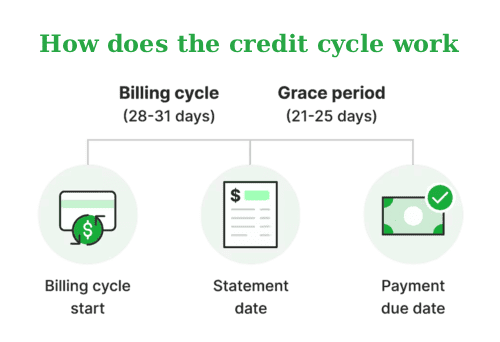Credit Card Payoff Calculator
Determine repayment duration for credit card balances.
📋How to Use Credit Card Payoff Calculator?
-
Input current balance, APR, and monthly payment amount.
-
Choose minimum or custom extra payment options.
-
Review generated timeline and total interest projection.
To begin, gather your latest credit card statements. Enter your Current Balance, the Annual Percentage Rate (APR), and your Monthly Payment. You can choose to see the results based on making only the minimum payment or a custom fixed amount.
The calculator will instantly show you how many months it will take to reach a zero balance and the total amount of interest you will pay. You can use this tool to see how adding just 20 or 50 extra per month can shave years off your repayment timeline and save you thousands in interest charges.
Useful Tips💡
-
Prioritize cards with highest APR in a multiple credit card payoff calculator for optimal savings.
-
Track monthly statements to adjust inputs and maintain accurate credit card debt payoff projections.
Mistakes to Avoid ⚠️
- Calculating only minimum payment - you’ll pay 10–20× in interest.
- Forgetting balance transfer fees and promotional APR expiration.
- Making new purchases while trying to pay off the card - never-ending cycle.
- Using average daily balance method incorrectly - interest accrues daily.
How Credit Card Payoff Calculations Work
The calculator uses an Amortization Schedule specifically for revolving debt. Each month, interest is calculated by multiplying your balance by the periodic rate (APR divided by 12). When you make a payment, the interest is covered first, and the remainder goes toward reducing your principal.
As your principal decreases, the amount of interest charged each month also drops, allowing more of your payment to hit the balance. This is why making extra payments is so effective - they go 100% toward the principal, accelerating the payoff process exponentially.

Practical Applications📊
-
Assess impact of extra payments on reducing credit card debt payoff time.
-
Compare strategies like debt avalanche for multiple credit cards payoff.
-
Plan budgets to achieve faster credit card pay off and lower interest costs.
Questions and Answers
What is a credit card payoff calculator?
A credit card payoff calculator estimates the time and total cost to clear balances based on payment amounts and interest rates. For example, a $5,000 balance with 18% APR and $150 monthly payments takes about 47 months to pay off, with $1,975 in interest. This tool simplifies credit card debt payoff planning without complex manual calculations.
How does a credit card debt calculator differ from payoff tools?
A credit card debt calculator totals owed amounts and interest accrual, while payoff tools focus on repayment timelines. For instance, a $3,000 debt at 20% APR with a 2% minimum payment ($60) might take 92 months, but adding $50 extra monthly reduces it to 28 months, saving over $1,500 in interest, as shown by payoff-focused calculators.
Can I use this for multiple cards?
Yes. By entering the details for each card separately, you can compare which one to pay off first to minimize your total interest payments.
What is a good strategy for paying off debt?
The most common strategies are the "Debt Avalanche" (paying highest interest first) and the "Debt Snowball" (paying smallest balance first for psychological wins).
Is a credit card amortization calculator useful for payoff planning?
A credit card amortization calculator details principal and interest over time. For a $6,000 balance at 16% APR with $200 payments, it shows 38 months and $1,600 in interest. Extra payments of $100 monthly reduce this to 27 months, saving $500, making it vital for credit card payoff schedule planning.
How does it differ from a debt calculator?
A payoff tool specifically focuses on the timeline and the impact of extra payments, helping you find the most efficient way to reach a zero balance.
What formula does the credit card payoff calculator use?
It uses the amortization formula: Monthly Payment = [P × r × (1 + r)^n] / [(1 + r)^n - 1], where P is principal, r is monthly rate (APR/12), and n is periods, solved iteratively for n. Daily interest is (APR/365) × balance. For example, a $5,000 balance at 18% APR with $200 payments takes 32 months, with $1,300 in interest. Formulas align with Consumer Financial Protection Bureau standards and are verified by certified financial planners, with CalcMate ensuring accuracy through regular audits.


